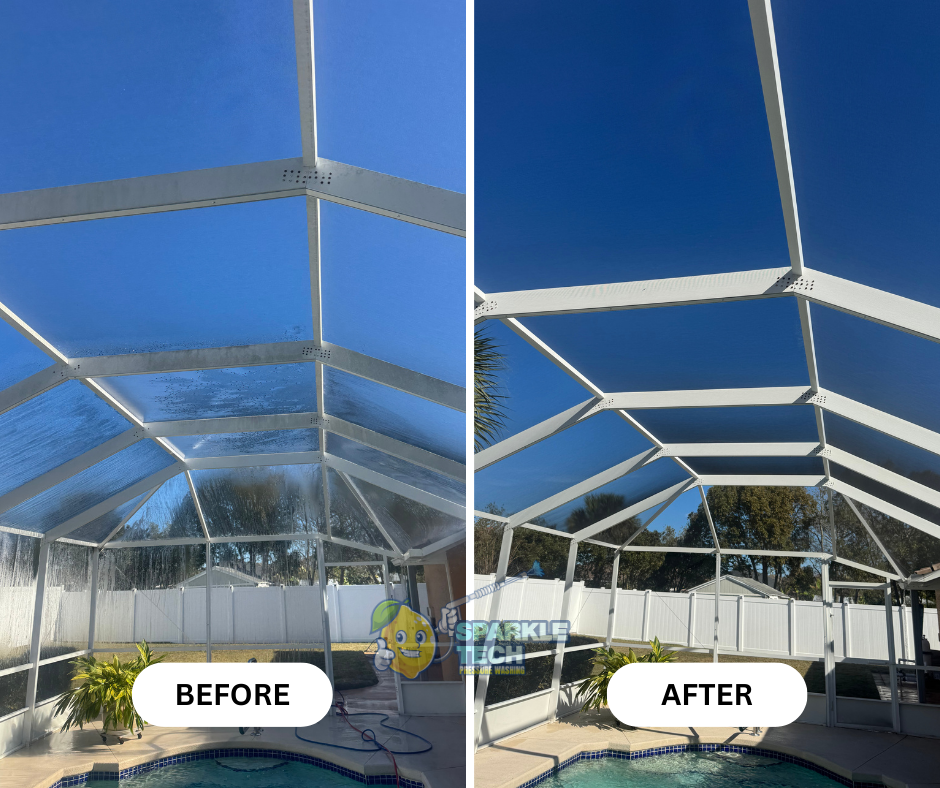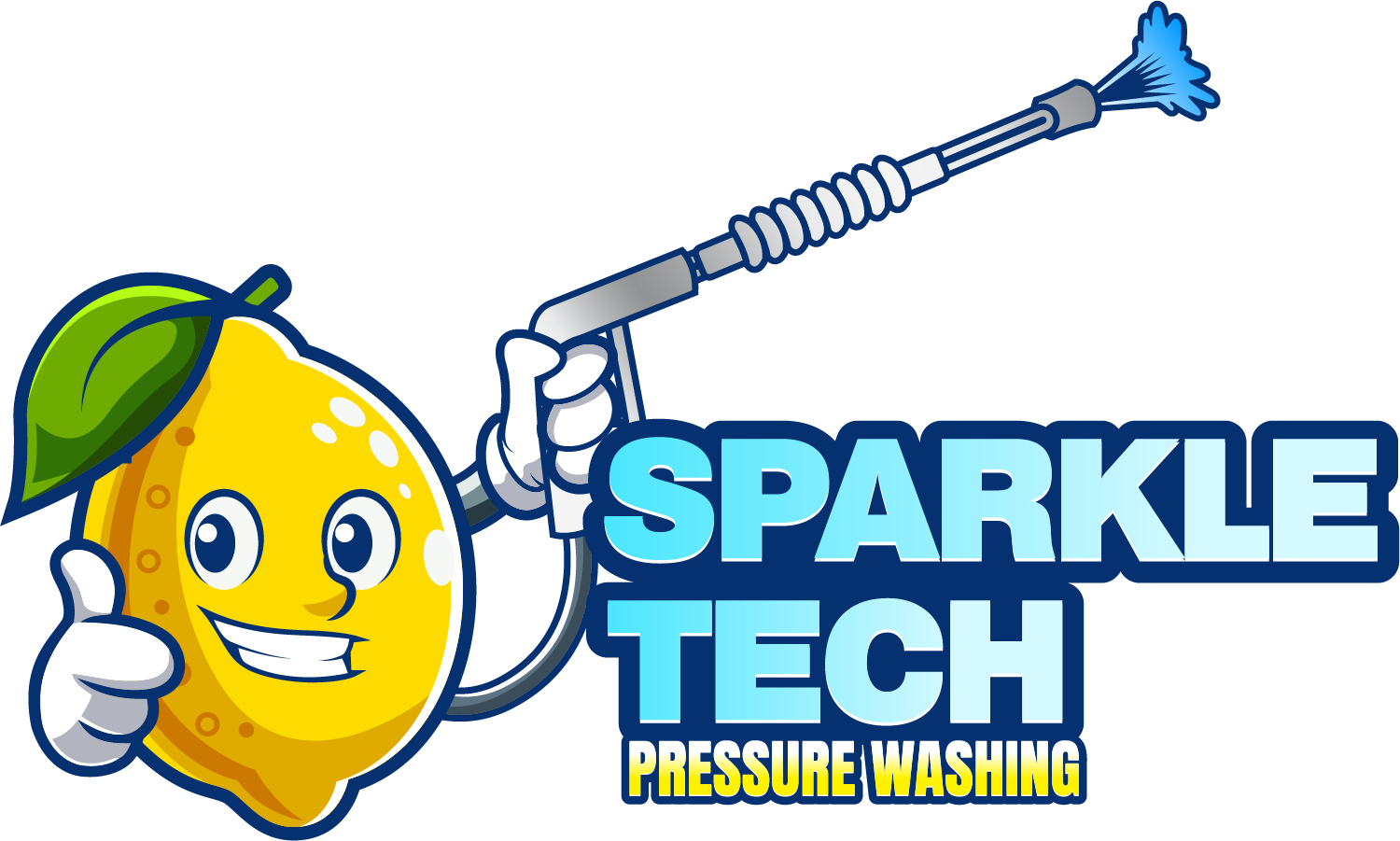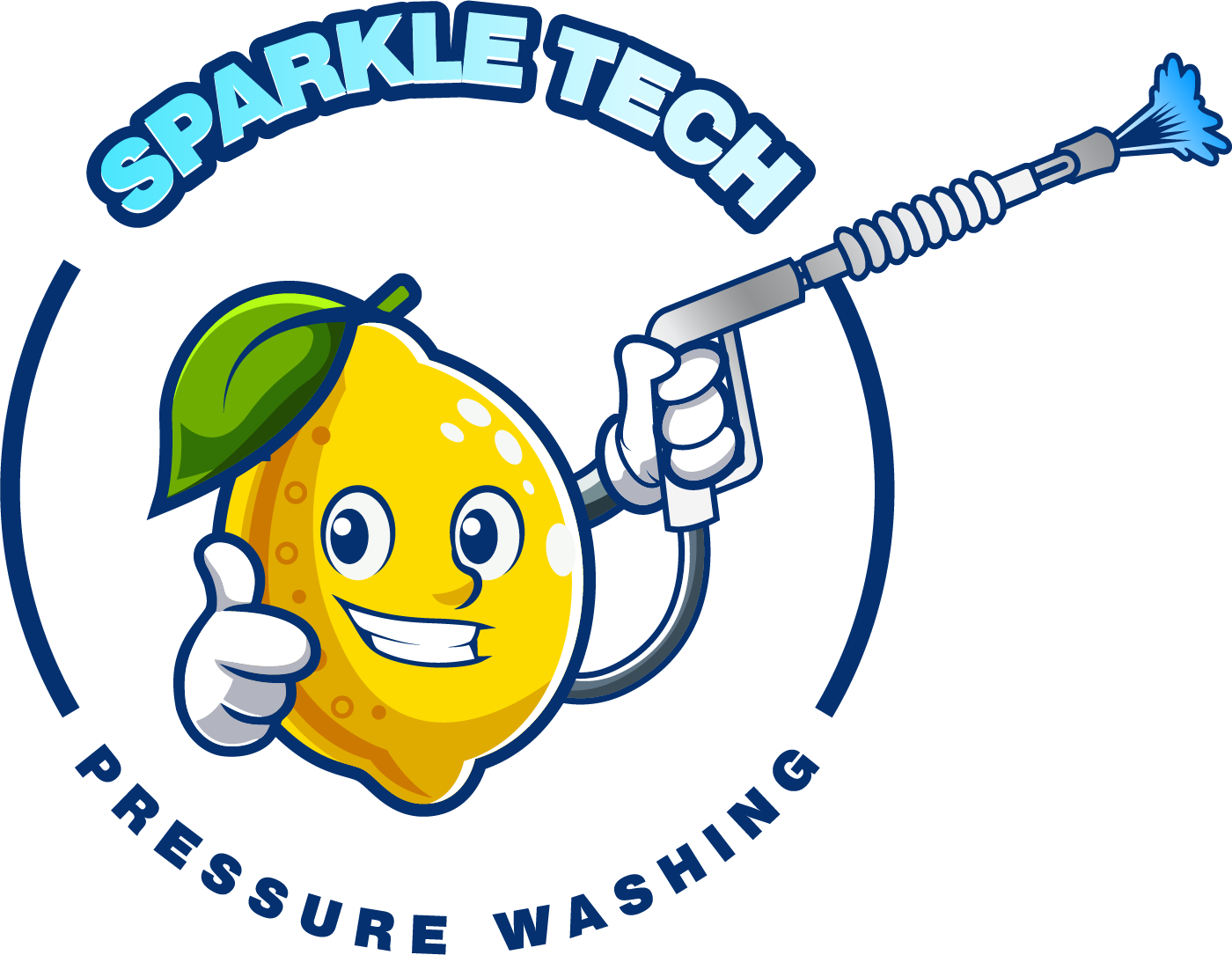How We Pressure Clean a Pool Enclosure Without Damaging Screens: A Step-by-Step Guide

How We Pressure Clean a Pool Enclosure Without Damaging Screens: A Step-by-Step Guide A sparkling clean pool enclosure not only enhances the look of your outdoor space but also helps maintain its functionality. However, keeping your pool enclosure in pristine condition can be a challenge due to exposure to dirt, mold, grime, and algae. Pressure washing, or power washing, is one of the most effective ways to tackle this buildup, but it’s essential to do it correctly to avoid damaging the screens. At Sparkle Tech Pressure Washing, we specialize in soft washing and pressure washing techniques that keep your pool enclosure looking beautiful while ensuring the delicate screens are safe from harm. Here’s how we do it. The Importance of Regular Pool Enclosure Cleaning Pool enclosures are constantly exposed to the elements, making them prone to collecting debris, dust, and algae. Over time, dirt and mold can accumulate on both the aluminum frame and the mesh screens. If left unchecked, this buildup can not only look unsightly but can also degrade the materials of the enclosure. Pressure washing is an efficient and quick way to restore the beauty of your pool area, but the delicate mesh screens require special care. When it comes to pool enclosures, pressure washing and soft washing are both essential techniques. Pressure washing uses high-pressure water to remove dirt and grime, while soft washing applies a gentler technique using low pressure and a cleaning solution to break down organic material like mold and mildew. At Sparkle Tech Pressure Washing, we rely on both methods depending on the condition of the enclosure and the surfaces involved. Step 1: Preparation for Safe and Effective Pressure Washing Before we even touch a pressure washer, we go through a detailed preparation process to ensure the cleaning is effective and does not cause damage to the screens or structure. 1.1 Inspection of the Pool Enclosure A thorough inspection is the first step. We check both the aluminum framing and the mesh screens for any signs of wear and tear. Any pre-existing damage to the screens is flagged, so we can take extra care not to exacerbate the issues during the cleaning process. We also look for signs of rust or corrosion on the metal frame, as well as any areas where debris may have accumulated. 1.2 Removing Loose Debris Before starting the pressure washing, we remove all loose debris like leaves, dirt, and sticks from the enclosure. This is often done with a leaf blower or a soft broom. This ensures that when we begin cleaning, we won’t be forcing debris further into the screens, which could cause blockages or damage. 1.3 Protecting Surrounding Areas We also take precautions to protect your pool area and surrounding surfaces. Any furniture, plants, or outdoor décor near the enclosure is moved out of the way or covered to prevent accidental water damage. We also ensure the pool itself is covered if necessary, so the pressure washing doesn’t splash water into the pool. Step 2: Choosing the Right Pressure Washing Technique The key to a successful pool enclosure cleaning is using the right pressure washing technique. For pool enclosures, we use both soft washing and pressure washing, depending on the materials and the amount of buildup. 2.1 Soft Washing for the Screens When it comes to the mesh screens, we always choose soft washing. The delicate mesh can be damaged by high-pressure water, which can cause it to tear or come loose. Soft washing involves using a lower pressure setting combined with a specially formulated cleaning solution. This solution is designed to break down mold, algae, and dirt while being gentle on the screens. We apply the soft washing solution to the screens and allow it to sit for a few minutes. During this time, the solution works to loosen grime and organic material, making it easier to rinse off without damaging the mesh. 2.2 Pressure Washing for the Frame and Hard Surfaces For the aluminum frame and other hard surfaces, we switch to pressure washing. However, we take great care in selecting the right pressure settings. Using too high a pressure can damage the metal frame, causing dents, scratches, or even loosening the joints. We use a moderate pressure setting, typically around 1,200 to 1,500 PSI, and a wide fan nozzle to ensure an even spray that won’t concentrate too much force on any one spot. For tough stains on the frame or floor, we may use a cleaner that helps break down stubborn dirt. We then rinse everything thoroughly to remove all cleaning agents and leftover grime. Step 3: Cleaning the Pool Enclosure – The Process Once the setup is complete, we proceed with cleaning the enclosure step by step. Here’s how we clean your pool enclosure without compromising the integrity of the screens: 3.1 Starting with the Frame We begin by pressure washing the aluminum frame. The pressure is adjusted to a moderate setting to remove dirt, spider webs, and grime from the corners, joints, and horizontal beams. We ensure the nozzle is held at a safe distance to avoid direct pressure on the screens. 3.2 Soft Washing the Screens After the frame is cleaned, we move on to the mesh screens. Using soft washing techniques, we gently apply the cleaning solution to the screens. We use a soft, sweeping motion to ensure the solution covers all areas of the mesh evenly. This helps break down algae, mold, and other organic material without putting stress on the mesh. Once the solution has had time to work, we rinse the screens with low-pressure water. We ensure the water is sprayed from top to bottom, in a gentle motion to avoid forcefully impacting the delicate mesh. We pay close attention to the seams and edges, where dirt tends to accumulate. 3.3 Final Touches – Cleaning Floors and Surroundings Once the screens and frame are cleaned, we turn our attention to the floor of the enclosure. Pressure washing is used to clear away any

